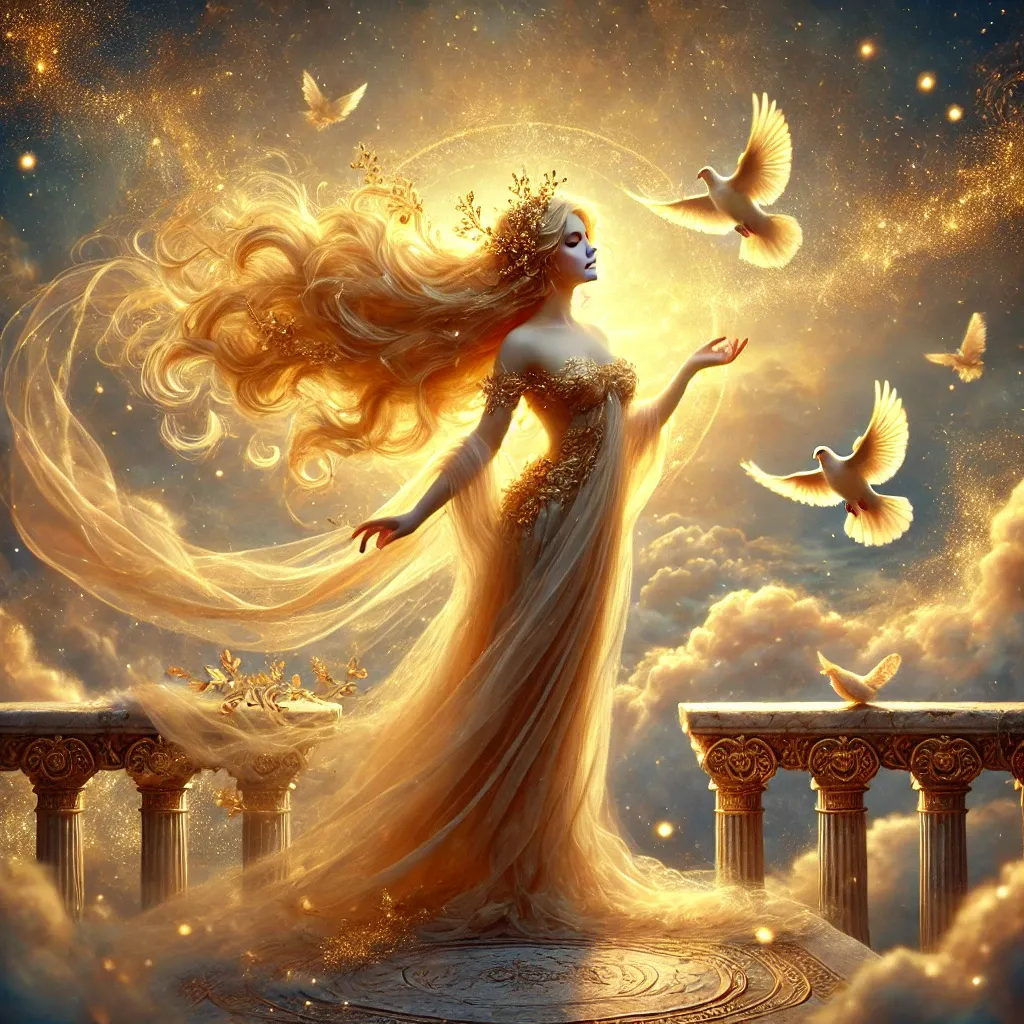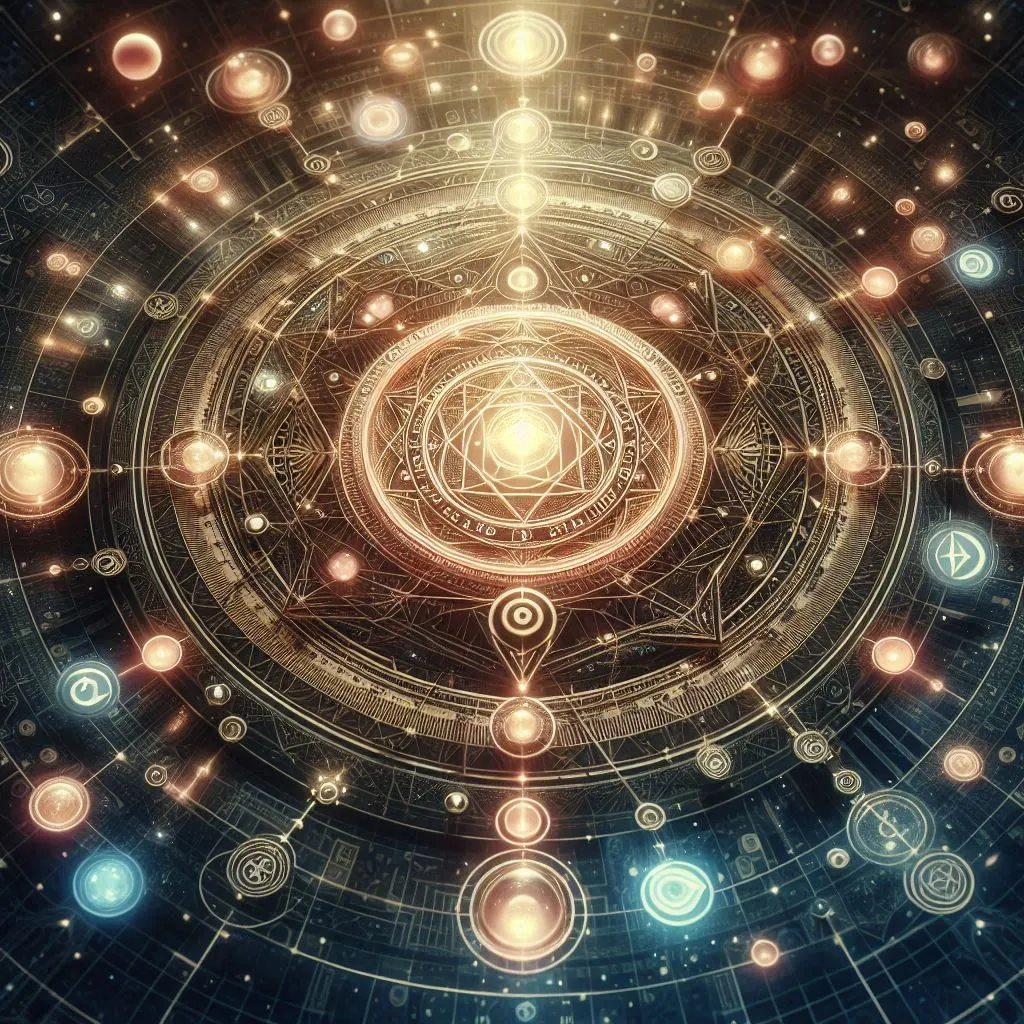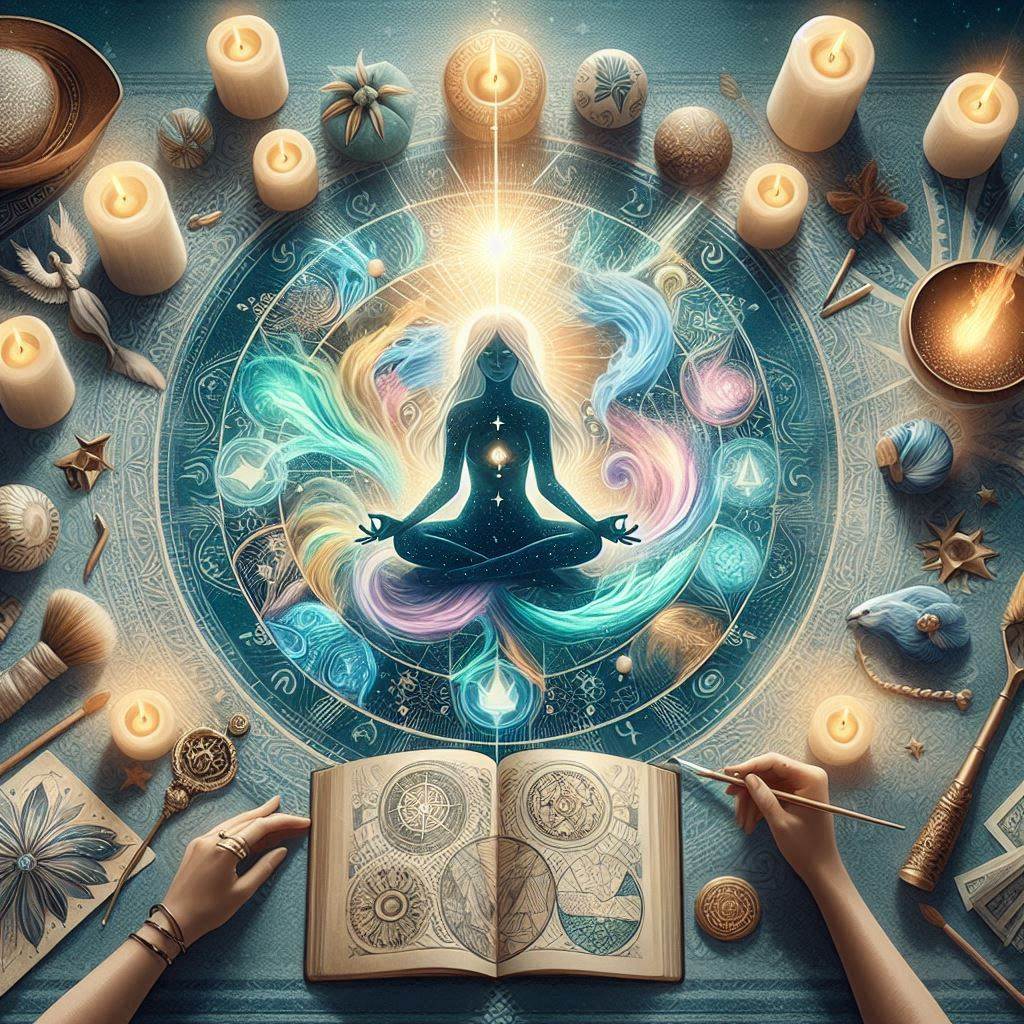Your cart is currently empty!

Divine Spotlight: Aphrodite; The Enigmatic Goddess of Love, Beauty, and Desire
Aphrodite: The Enigmatic Goddess of Love, Beauty, and Desire
Aphrodite, the goddess of love, beauty, passion, and fertility, has captivated humanity for millennia. She is both a deity of pleasure and destruction, embodying the mysterious power of attraction that binds the universe together while also shattering boundaries. Revered as a bringer of passion, a goddess of the seas, and a ruler of divine beauty, Aphrodite’s mythos is as multifaceted as her personality. Her cults were not merely about romantic love—they explored cosmic energies, the transformative power of desire, and even darker, forbidden elements of mysticism.
In this comprehensive exploration, we will delve deep into the mythology, history, and esoteric practices surrounding Aphrodite. By uncovering her ancient rites, spells, offerings, and cult practices, we reveal how this alluring goddess became a symbol of the eternal mysteries of the soul.
Origins of Aphrodite: The Dual Birth of Desire
Aphrodite’s origins are among the most fascinating in ancient mythology. Her creation reflects her dual nature as both ethereal and earthly, embodying the celestial heights of love and the visceral depths of passion.
The Uranian Aphrodite: Daughter of the Sea
The earliest and most poetic origin story of Aphrodite comes from Hesiod’s Theogony. After Uranus, the primordial god of the heavens, was overthrown by his son Cronus, his severed genitals were cast into the sea. The divine fluids mingled with the waters, creating a froth (aphros) from which Aphrodite arose. She emerged fully formed from the waves, carried to the shores of Cyprus on a scallop shell. This version emphasizes her cosmic and untouchable nature, linking her to the heavens and the seas as a goddess of immense creative energy.
The image of Aphrodite rising from the sea foam became one of the most enduring symbols of divine beauty and mystery. It suggests that her power transcends the mortal world, connecting the infinite expanse of the ocean with the celestial realms above.
The Olympian Aphrodite: Daughter of Zeus
In contrast to the primordial tale, Homer’s Iliad presents Aphrodite as the daughter of Zeus and the obscure goddess Dione. This version situates her firmly within the Olympian pantheon, placing her alongside the other gods and granting her a more personal, approachable identity. Yet even within the Olympian order, Aphrodite remained unique. She was the embodiment of irresistible desire, capable of influencing gods and mortals alike.
Dualities in Her Nature
The two birth myths highlight a key aspect of Aphrodite’s nature: she is both transcendent and earthly. She represents the eternal and the immediate, the spiritual and the sensual. This duality reflects her power over both the soul and the body, inspiring devotion, awe, and even fear.
Mythology of Aphrodite: Love, Beauty, and Chaos
Aphrodite’s mythology is filled with tales of passion, jealousy, and divine manipulation. Her stories reveal her as a goddess who could inspire great joy but also sow chaos and destruction. Here are some of the most significant myths that define her character.
The Marriage to Hephaestus and the Affair with Ares
Aphrodite’s marriage to Hephaestus, the god of fire and craftsmanship, was arranged by Zeus to prevent discord among the gods. Hephaestus, though brilliant and kind, was considered unattractive—an ironic match for the goddess of beauty. Yet Aphrodite did not let her divine marriage restrict her desires.
Her most famous lover was Ares, the god of war. Together, they represented a potent union of love and strife, passion and conflict. The two were caught in a net of unbreakable chains crafted by Hephaestus, who sought to expose their infidelity. Their humiliation became a source of entertainment for the other gods, but it also highlighted Aphrodite’s unrestrained nature. She was not bound by the conventions of Olympus or mortal morality; her desires were a force unto themselves.
The Tragic Love of Adonis
Aphrodite’s love for Adonis, a mortal of extraordinary beauty, is one of her most poignant myths. When Adonis was mortally wounded by a wild boar, Aphrodite rushed to his side, her tears mingling with his blood to create the delicate anemone flower. In some versions, the boar was sent by a jealous Ares, unable to tolerate Aphrodite’s love for another.
The myth of Adonis reflects themes of life, death, and rebirth, connecting Aphrodite to the cycles of nature. His seasonal return from the underworld symbolizes the eternal renewal of life and love, reinforcing Aphrodite’s role as a goddess of fertility and vitality.
The Judgment of Paris and the Trojan War
Perhaps Aphrodite’s most influential myth is her role in the events leading to the Trojan War. When Paris, a prince of Troy, was chosen to judge a contest of beauty among the goddesses Hera, Athena, and Aphrodite, each offered him a bribe. Aphrodite promised him the love of Helen, the most beautiful mortal woman. Paris chose Aphrodite, sparking a chain of events that led to the war.
This myth underscores Aphrodite’s immense power—she could incite war with the same ease that she inspired love. Her promise to Paris reveals her ability to manipulate desire, bending mortals to her will.
The History and Evolution of Aphrodite
Aphrodite’s worship evolved significantly over time, blending with the traditions of other cultures and expanding her influence.
Pre-Greek Influences
Aphrodite’s attributes bear striking similarities to earlier goddesses of love and fertility:
- Inanna/Ishtar: The Mesopotamian goddess of love, war, and fertility shares many traits with Aphrodite, including her dual nature as both a bringer of life and destruction.
- Astarte: Worshipped in the Levant, Astarte was associated with fertility, sexuality, and the sea, making her a likely precursor to Aphrodite’s maritime connections.
Roman Venus
When the Romans adopted Aphrodite, they renamed her Venus and expanded her domains to include civic virtue, victory, and prosperity. Venus retained much of Aphrodite’s sensual allure but became a more complex figure in Roman culture, symbolizing both personal and political success.
Centers of Worship
Aphrodite’s temples were widespread, but some locations became particularly renowned for their devotion:
- Paphos, Cyprus: One of the oldest centers of Aphrodite’s worship, where rituals focused on fertility and the sea.
- Corinth: Known for its temple prostitution, Corinthian worship emphasized Aphrodite’s role as a goddess of sacred sexuality.
- Knidos and Cythera: These cities housed some of the most famous statues and sanctuaries of Aphrodite, drawing pilgrims from across the ancient world.
Rites, Rituals, and Forbidden Practices
Offerings to Aphrodite
Offerings to Aphrodite reflected her sensual and fertile nature. Devotees often presented:
- Flowers: Particularly roses and myrtle, symbols of love and beauty.
- Perfumes and Oils: Used to anoint statues and devotees in her honor.
- Jewelry and Mirrors: Representing feminine allure.
- Sea Shells: Evoking her oceanic birth and connection to the sea.
Festivals and Sacred Days
The Aphrodisia was one of the most prominent festivals dedicated to Aphrodite. Held in cities like Athens and Cyprus, it involved processions, sacrifices, and rituals of purification. Worshippers would often bathe in the sea as an act of devotion, symbolizing renewal and connection to the goddess.
Sacred Sexuality
In some temples, particularly in Corinth, sacred prostitution was a key aspect of Aphrodite’s worship. Priestesses served as vessels of the goddess, offering their bodies in acts of divine communion. This practice was not viewed as immoral but as a sacred duty, honoring Aphrodite’s life-giving power.
Esoteric Practices and Spells
Aphrodite’s mystical aspects often involved love magic and esoteric rites. Her worship was not merely external but deeply personal, with practitioners seeking to channel her energy for transformation.
Love Spells and Charms
Devotees often called upon Aphrodite for assistance in matters of the heart. Common rituals included:
- Crafting Love Talismans: Objects such as seashells, rose petals, and carved stones were imbued with Aphrodite’s energy.
- Mirror Magic: Gazing into a mirror while invoking Aphrodite’s name was believed to reveal the face of one’s true love or to enhance one’s own beauty.
- Offerings Under Moonlight: Love spells often involved reciting incantations under the moon, a time when Aphrodite’s power was thought to be strongest.
Erotic Mysticism
Some cults of Aphrodite practiced rituals that involved harnessing sexual energy as a path to enlightenment. Through acts of intimacy, devotees sought to transcend the mundane and connect with the divine.
Aphrodite’s Modern Influence
Even in the modern era, Aphrodite remains a potent archetype. She inspires those who seek beauty, love, and transformation, whether through spiritual practices or acts of self-expression.
Aphrodite in Neo-Paganism
Modern pagan traditions often invoke Aphrodite in rituals for love, confidence, and creativity.
She is a patroness of self-love, teaching practitioners to honor their own beauty and desires.
Self-Care as Devotion
In contemporary spirituality, acts of self-care—such as bathing, skincare, and dressing beautifully—are framed as offerings to Aphrodite. These rituals honor her by celebrating the sensual pleasures of life.
Conclusion: The Eternal Mystery of Aphrodite
To worship Aphrodite is to embrace the paradoxes of love: its beauty and pain, its power and vulnerability. She teaches us that love is not a passive emotion but a force capable of shaping destinies and forging new worlds.
Aphrodite’s rites and myths remind us that the divine is not separate from the sensual—it is found in the touch of a lover, the fragrance of a flower, and the shimmering waves of the sea. Her worship is an invitation to step into the forbidden, to explore the mysteries of desire and beauty, and to find divinity within ourselves.






